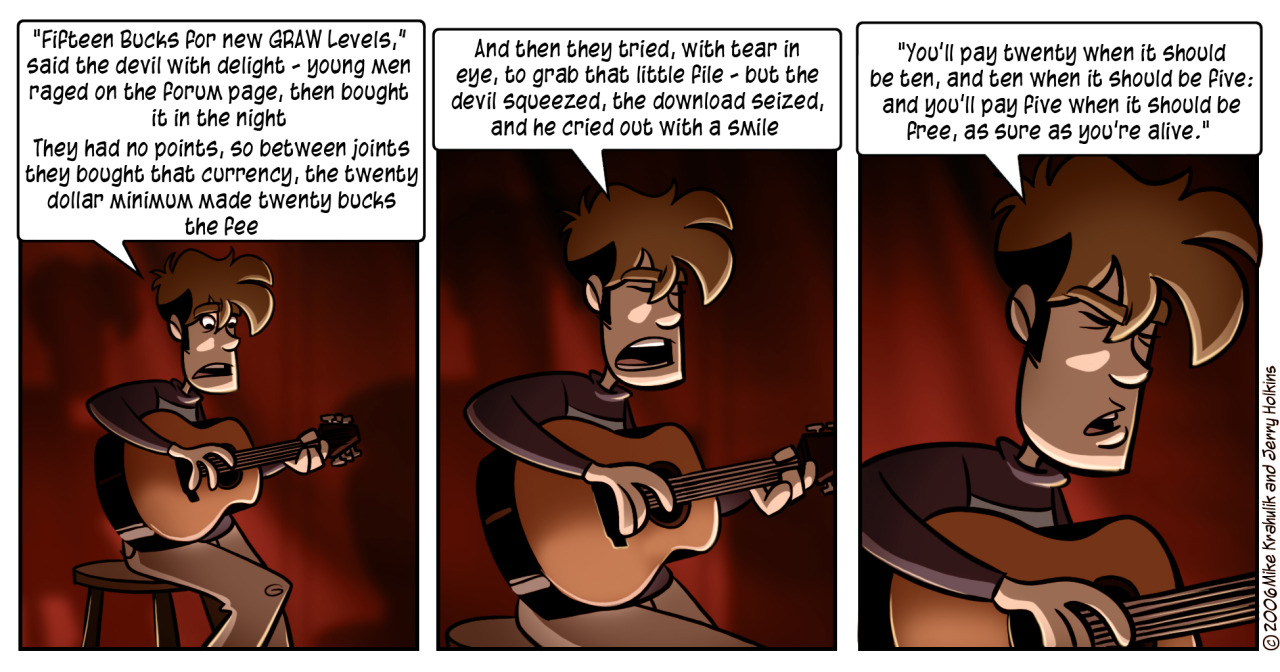In today’s SSC post, Scott and his commenters come up with a lot of theories why the atheist movement isn’t a strong pillar of the left (like climate change, concerns about sexual harassment, and poverty), but rather a source of awkward disdain. This is in response to a long article in the Baffler making fun of New Atheists.
They come up with a bunch of theories (Islam became a protected group, atheists kept talking about the science of gender differences, etc), but the post is a perfect example of a wrong form of analysis.
- Authority is making claims about a group.
- I disagree with those claims, or the results of them.
- Therefore they must just be making these claims up, and we must figure out wholly different reasons they must have for the end conclusion, and this argument is 100% post-hoc rationalization.
Instead, we should read the claims directly, and see them as evidence of how that speaker is thinking. Let’s look at the article.
The heirs to New Atheism may have a new target and a remodeled ethos, but their rhetorical crutches remain the same. They announce at every opportunity that they revere logic, evidence, and science, even if the opposite is plainly true.…In a political cartoon by Ben Garrison, an ex-libertarian who now panders to the alt-right, Molyneux is drawn popping bubbles—labeled “Trump is a misogynist,” “Trump is stupid” and “my feelings”—using enormous needles tagged “logic,” “reason” and “evidence.” In another, Molyneux holds a golden shield emblazoned with “REASON EVIDENCE LOGIC” as Hillary Clinton fires arrows representing her various campaign slogans.
Uh. I think the author doesn’t like (the way atheists use) logic, evidence, and reason. Hell even if the author is a 100% cynical propagandist, there’s a reason they felt these jibes would resonate with their audience.
What we’ve seen in the last decade with social liberalism is an embrace of one-directional subjectivity. Instead of gender-blind tests for hiring, the new left has discovered the tests themselves are biased (they are), and you need an out-right pro-women hiring policy in order to redress structural inequality before a level playing field can mean anything. And we’ve seen cultural social justice crash up against this again and again: due process, metrics of any sort but especially economic ones, anything that tries to use objective or extrinsic measurement, is deemed retrograde by an ideology that focuses on the subjective experience of the oppressed.
(In no small part because of postmodern academics who are able to poke holes in the biases of many objective measurements. And because of the many obvious cases where you can find these advocates fall to bias and prejudice.)
If the left chose subjectivity (a wise decision in theory, but in practice it’s been executed horribly), then where would we expect movements founded around objective tools to end up?
And I did this by looking at the words they themselves use, rather than solely my knowledge of what various scandals happened in an elevator and on bulletin boards afterwards. This doesn’t mean I think they are right, but I do think their own words are the best way to examine a groups grievances.
***
I find this type of analysis particularly important regarding the Trump phenomenon. A large cottage industry has sprung up of “understanding Trump voters.” Is it just because they are racist? Is it they want jobs that no longer and exist and aren’t coming back? There are so many reasons we can hypothesize, and the more we hypothesize the more our theories will just reflect our own preconceived notions.
We can ask them. We can go on reddit, and listen to campaign speeches, and just hear what they say about the other half of America. We don’t have to agree it’s true, but we can look at the logic behind it and conclude “this is how they are thinking.”
